Season Review: gen:LOCK Season One
You dig giant robots. I dig giant robots. We dig giant robots. Chicks dig giant robots. But did I dig this?
SPOILERS BELOW
Another year, another first season of a new Rooster Teeth animated series I get to review. But unlike Camp Camp and Nomad of Nowhere, gen:LOCK was made with the aspirations of reaching the same heights in popularity as RWBY, their current flagship show. To this end, they brought on all of their key 3D animation people, hired A-list actors, took out ads on national TV, and dove into the other anime genre widely recognized by western audiences: giant robots and cyberpunk. This show emerged from the mind of Gray G. Haddock, who hoped to create a show that spoke to the political atmosphere of its time, much like stories like X-Men, the original Star Trek series, and even the Gundam franchise. So, with all of that behind it and its first season behind us, let’s look back and find out what we got locked down at the end of the day.
THE PLOT:
gen:LOCK’s plot is a bit oddly paced, mostly near the end of the season. With only eight episodes to work with, that only leaves so much time for focusing on certain plots, certain characters, themes, developments, and so on. Its first half focuses on setting the stage and introductions to all of the main characters, but mostly to how they are interacting with the show’s technology, particularly the titular gen:LOCK program. The second then begins to play around with those ideas while also developing the main cast somewhat while also taking massive changes to the established status quo.
The first episode mainly serves as a prologue, showing how main protagonist Julien Chase (Michael B. Jordan) loses his old life and is critically injured in a surprise attack by the enigmatic invading force known as The Union. It then jumps ahead four years, after he is presumed dead, but re-emerges as part of the gen:LOCK program. From the second to fourth episode, the focus then mostly shifts to how he and the other pilots better get to know the technology, their Holons (the mechs) and how they form relationships through it, with some time focused to Chase starting to reconnect with his girlfriend, Miranda Worth (Dakota Fanning).
As this half played out, I found myself feeling pretty optimistic about the show’s prospects, as we were given opportunities for the pilots to display the differences in their personalities while they adjusted to their new jobs and their exposure to the tech. While the characters seemed a bit underdeveloped, it was nice seeing them grow into their roles and grow as both heroes and soldiers.
The second half focuses on the season’s primary antagonist, Nemesis, who turns out to not only be connected to Chase, he’s actually the original Chase’s mind, while the one we’ve been following is just a Xerox of him. Nemesis proves to be a real obstacle, forcing the pilots to up their game and their faction, the Vanguard, to speed up their upgrades to better combat him. Shortly after, their base is attacked and the pilots flee to another facility, where they receive even more upgrades and meet more characters before the final battle, in which Chase must come to terms with his insecurities and truly connect with his new team while also letting go of something he once thought important (more on that later).
Unfortunately, this half caused my previous hope for the show to plummet, mostly due to the frequency of plot and character developments that ended up flying by as a result. This series seems to share some issues with its sister shows, RWBY and Nomad, as it wants to play the long game and think about future seasons first, but not the one it’s currently in. It’s in a rush to complete a plot without sufficient build up, leading to less than expected pay off more often than not. Characters gain and drop personal issues within one or two episodes, the previously main setting and supporting cast are dropped before we’re given enough time to get to know them, and the final battle ends up being in an entirely different place that the audience has no emotional connection to.
THE ACTING:
I don’t usually put much focus on the acting in the things I cover, but considering one of the main draws in the advertising were the voice cast, this seemed appropriate. And it turns out my thoughts on this cast can be split into three categories: Performances I liked, ones I didn’t, and ones I don’t know if I can really judge.
Pros:
I can obviously place David Tennant and Monica Rial in, as they’re both seasoned professionals in this field and so knock their roles out of the park. Rial isn’t really given a ton as Col. Marin, but I still believe her in every line she says. Tennant, meanwhile, steals the show in pretty much every scene he’s in as Dr. Weller, which makes sense, seeing how he’s been great in voice work for well over a decade by now. However, once Weller exits, he still remains as Caliban, Weller’s robot assistant, but is forced to tone down the charms, which still shine through. Less obvious likes go to Maisie Williams as Cammie MacCloud and Asia Kate Dillon as Valentina Romanyszyn, who take to their roles pretty well despite virtually no previous voice work experience between them. And Dakota Fanning does a fine job for the time they give her as Miranda.
Cons:
Then there come the ones I didn’t care for, and I’m sad to say Michael B. Jordan is amongst them. Now, I cannot stress enough how amazing I have seen him be in his live-action work like Black Panther and the Creed films, but despite all the tragedy that is apparently around Chase, there doesn’t look to be much of any real torment or pain or really much of anything more than occasional annoyance and mostly chill demeanor. I’m not asking for him to be brooding every two minutes, but his easy-going nature feels almost inhuman at times, making it really hard to connect with him, even when the story finally puts him back in the spotlight. And this could be remedied if any of the rest of the characters made note of this, leading to some sort of insight as to why he acts the way he does. Even when it’s revealed that he isn’t even technically human, this attitude is not addressed, which only made me more unnerved by how he acted. Maybe this is the character that Jordan wanted to play, maybe it was the writing, maybe it was the directing, but the result is just too distracting to get me to care very much about Chase as a character.
Then we have Golshifteh Farahani as Yasamin Midrani, who also seems to have some odd issues with her own portrayal. To be clear, I’m not opposed to characters having a thick accent (as I said, Valentina’s acting wasn’t much of an issue for me) if that’s their character, but I don’t think it should have so much of an impact on their line readings that they end up sounding bored and confused so much of the time as Midrani does. Like with Chase, while their characters might be potentially interesting to see grow and develop, their respective actors’ performances distract me from this because every time they talk, I get caught up in how they’re talking instead of what they’re saying or doing. And also like with Jordan, I’m sure Farahani is perfectly fine in her previous filmography, so I don’t know who to blame here, but here is just not reflective of that. I’m reminded of how Studio Ghibli would bring in A-list actors for their English dubs and it would show right away who was used to acting behind a booth and who was better suited or at least better experienced with acting on a set or a stage. Maybe that’s just not something RT kept in mind when bringing some of these people on.
Other:
Kōichi Yamadera speaks entirely in Japanese as Kazu Iida, which is an interesting way of portraying the geographical and cultural differences between the main cast. But this also means I have no idea whether or not he’s doing a good job. Again, I have every reason to think he’s capable based on his resume, but I also can’t really tell a good performance in the Japanese casts of the anime I watch from a bad one. So he could be knocking it out of the park for all I know, and that’s how I will choose to see that until proven otherwise.
THE THEMES AND WORLD:
The main plot of gen:LOCK takes place 54 years in our future, and so advancements in technology within the setting reflect that, with full body holograms and fully immersive virtual reality to weaponized nanotechnology and mental transfer to a giant robot. Like a lot of cyberpunk stories, this is both used to show how people are connected more than ever but also distancing themselves in ways we never could have expected.
Gray Haddock cited such shows and comics as X-Men, Star Trek, and Ghost in the Shell, all of which sport casts of starkly different people coming together to show the possibilities of human/mutant/alien/cyborg familiarity and intimacy. This also shows in gen:LOCK, as the eponymous project and technology facilitate and encourage its pilots to connect their senses, thoughts, and memories in order to overcome their opponents. Conversely, it also shows the potential vices of such a world, where the possibility of changing your mental state, editing your own memories, and even creating doubles of someone out of data are all tempting choices that push the boundaries of what we could do with such abilities and what we should.
Sadly, maybe because of the minimal episodes to work with or how that time was utilized, these themes and possibilities aren’t really explored enough to a sufficient level of focus to feel like they are expanding much on the world or characters. The holograms don’t end up being much more than a better version of Facetime, the virtual reality gets one scene of the characters standing around and talking about their outfits instead of doing anything, the memory manipulation is dropped as soon as it’s acknowledged, and the ideas around the copying of minds is squandered by bigger issues.
Fittingly, the tech that gets the most exploration is the gen:LOCK tech, particularly in how the pilots’ minds learn to deal with their new mech bodies, as well as Phase 2, which sees them mentally merging to better their fighting performance with the side-effect of knowing the other person’s memories somewhat. But even that aspect only seems to get a bit of a nudge as opposed to a big push forward. I understand that this series is more than likely to keep going for at least a few more years to come, but this feels more and more like the staff falling back on that instead of making a complete story out of their first season.
THE CHARACTERS:
Chase:
For being the main protagonist, Chase doesn’t seem to get much development for a lot of this season…and yet gets the most out of the pilots by far. He begins the show as part of a loving family, seemingly dies a hero fighting off the people who supposedly killed them, then arrives back as a hologram who has weirdly made peace with him losing any quality of life in exchange for being able to fight against those who took everything from him. He also tries for reconnecting with his old girlfriend, who he gets a scene within almost every episode. Despite this, most of the first half is spent building up the other pilots while he hangs back in sort of a mentor role and a couple of scenes of him being sorta jealous that Miranda MIGHT have moved on, but maybe didn’t, and it goes nowhere.
He fully takes the protagonist reins again upon learning some revealed truths about himself, particularly that his greatest opponent is actually the original version of himself. Around the time of this revelation, he starts showing some aversion to trying the Phase 2 mind-melding with other pilots, something he’d never really shown to have an opinion on before that point. By the finale, he explains this is because he’s afraid of losing what’s left of him by sharing it with others, then gets over this reasoning two seconds later when push comes to shove. He then gives up the use of his body by staying in his mech too long…which is also hard to feel bad about since it was pretty clear he never had much of a chance of getting it back to working condition, and he liked being in a body that actually moved anyway. So, overall, his rushed development feels like yet another victim of not managing their time well.
Miranda:
Dakota Fanning is second-billed under Jordan for her role as Miranda, which would make you think she would have more of a role in the events of the story. While the first episode really focuses more on her than Chase, after that she is pretty much all business and is understandably pissed at him for keeping his survival a secret for so long. It also turns out that she might be or had been in a brief relationship with another pilot, Jodi, but this ends up amounting to basically nothing, as I said. Over time, she begins to warm up to Chase being around again, even seeing if he’d be willing to rejoin the Vanguard…which is an odd proposition, since Chase’s current group, the ESU, is technically part of them, right? And they’re on the same team anyway, so what would be the difference?
Then comes the reveal about Nemesis, which gets her mad at Chase again, this time for something he couldn’t have known, and then she’s swept up in the attack on the base and gone until the final battle. Here, she momentarily distracts Nemesis by calling it Chase, but then is mainly there to have closure with the current one before he leaves.
I have no idea where their relationship will head after this (as I assume they’re not going to let Fanning go this early), but it’s not often that I see the main relationship being about getting to know each other after the breakup. Though I think we need some more context about how well they knew each other BEFORE, I guess we’ll just have to wait on that.
Weller:
Tennant’s show-stealing mentor figure is also unfortunately not given a ton of time to really dig into things. While he’s in the story from near the end of the first episode, his actual mentoring of the gL pilots only begins in Episode 3, and then is abruptly cut short in Ep 6, where he dies. And as much as Tennant’s charisma makes him great to watch, the fact remains that Weller didn’t really have a chance to make sturdy individual relationships with most of the characters. Chase owes him a great deal for saving his life, Yaz seems to see him as a father figure, and he gives Cammie a stern talking to when she takes her modding a bit too far, but that seems to be it. Even with Nemesis, his connection is brief and underdeveloped, which doesn’t matter a whole lot either way now that they’re both dead.
We learn after his death about his wife (who I guess will be taking his place as the head scientist character on the show) and his future plans for the team, but this all just goes to show that his departure feels premature, much like a lot of other aspects. Thankfully Tennant is still around as Caliban and I expect him to return as Weller in either flashbacks or archival footage, but the utilization of him as the Obi-Wan seems about as uninspired as Qui-Gon Jinn.
Yaz, Cammie, Kazu, and Val/entina:
The other pilots also make some strides in growth and development, but not on the scale of Chase in the last three episodes. None of them seem to be given clear character arcs to complete (unlike Chase, who was given one that just didn’t get time to breathe), and so there’s not a ton to discuss despite how huge they seem to be built up in the series and advertising.
Yaz hails from the Union, the enemy faction, but very little is mentioned as to why she left and what she hopes to accomplish on this new team. It’s brought up that she turned her parents in for being “intellectuals”, but not much beyond that. She grows to care about her team over time, but she’s not given a flaw to overcome or much of any conflict to face beyond the physical task of fighting other robots.
Cammie has these issues too but gets a moment after the group’s first encounter with Nemesis where she is so shaken by being taken down first that she turns herself into a berserker through modding her mental state. When this goes awry, Weller undoes her changes, gives her a lecture about it, and then the issue is basically resolved. She gets a line in the finale about how she hasn’t messed with her fear receptors, but it really doesn’t make up for how little her character has changed since her introduction.
Kazu at least SEEMS like he’s not supposed to change, being the boneheaded bruiser who washed out of his own former unit for being to gung-ho about fighting, but then that requires some kind of hidden knowledge or insight that he also doesn’t have. It’s alright to have comic relief characters of course, but it’s better to not have them ONLY be that.
And then there’s Val, who brings in the most to talk about, turning out to be genderfluid, which sparks a bit of discussion amongst the group and sets up her/him/they being more versatile with Phase 2 mind-sharing. They also start the season with a more pessimistic outlook due to their exposure to futile resistance in their previous home of Ukraine. But like most everything else, this ends up being pretty aimless and not really addressed, so they just go along with the team and make friends without much to really make them reflect on why they thought a certain way or why they’re feeling differently now. And hey, more gender diversity in a show is great. Just make sure the character has more to expand on than that.
The Vanguard:
Col. Marin serves her role as the hard-assed superior, while Jodi only functions for a subpar love triangle that just sputters out and disappears. Leon, the leader of Jodi and Miranda, gets one major moment when it turns out he used to be compatible with the mechs, but got too old. So, after the supporting cast disappears in one of the most obvious fakes out deaths that seriously makes me question whether I can ever believe a death in this series again, he shows up in the spare mech to help stop Nemesis, but then goes into a coma of which he will most definitely get out of. But they are all pretty unremarkable.
Nemesis/The Union:
As the main antagonists of the series, you would think that the group that instigates the whole conflict would get some elaboration on their motives or goals. Or at least, I’d think that, since that’s what every similar mech show has done with this sort of story. In addition, there’s the basic function of the antagonist to consider, where they are meant to be an opponent for the protagonist in both physical and emotional ways. But as the Union is written, they’re essentially faceless mooks who represent that…facism is bad perhaps? They really don’t seem to have much of a clear target. Even worse, they don’t have much of an identity as bad guys besides their Shadow-The-Hedgehog color scheme and use of nanomachines as bio-warfare.
I have an idea for why this method was chosen. In the current political climate, saying both sides are “fine people” sometimes comes across as being complacent with awful conduct that society has let fester for a while before it became what it is today. But regardless of your thoughts on the impact of certain groups, that should not excuse a story drawing such a clear and stark line between the GOOD and BAD sides in a war story, which is inherently about why two sides of a conflict ended up in such a miserable situation instead of avoiding it. If anything, this makes understanding your enemy more important than ever. Constructing an antagonist that best suits your heroes should be about finding someone who can best strike at their most vulnerable areas, whether through violence or making them question themselves at their core. Making bad guys who don’t serve that purpose makes them easy to hate, easy to beat, and easy to forget.
Which is why Nemesis ended up being such a waste. Despite being essentially a dark version of Chase, he doesn’t share much with him beyond their design and catchphrase. There’s no more accurate insight into Chase as a person or what qualities he might be overlooking but needs to improve. He’s just Chase with an evil paint job and a stutter.
CONCLUSION:
When I first started watching RWBY, it was with curiosity and enthusiasm for what it might teach me. But as its seasons went on, my expectations began to lower while my curiosity remained. I’m not sure if I have the energy to go through all that again with gen:LOCK, which seems to have not learned much from the issues of its older sister series. I dig giant robots, and I dig western interpretations of it like Pacific Rim and Megas XLR, but I don’t know how much of that can fuel my curiosity to keep watching this. And in case it wasn’t clear, that’s not something you should ever have a hard time answering on a show’s first season. I hope this series gains a following that can help it to improve, as there’s a lot of talent behind it with a lot of heart. Despite my criticisms, I do want it to get better. I suppose it couldn’t hurt to watch one more season to see if it does.

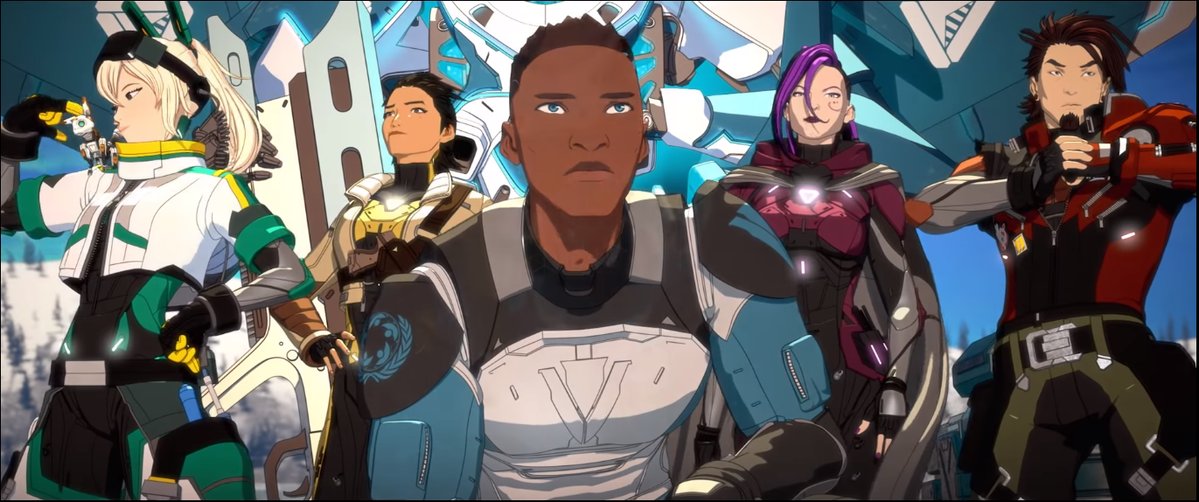
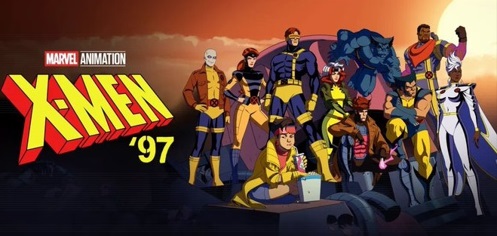
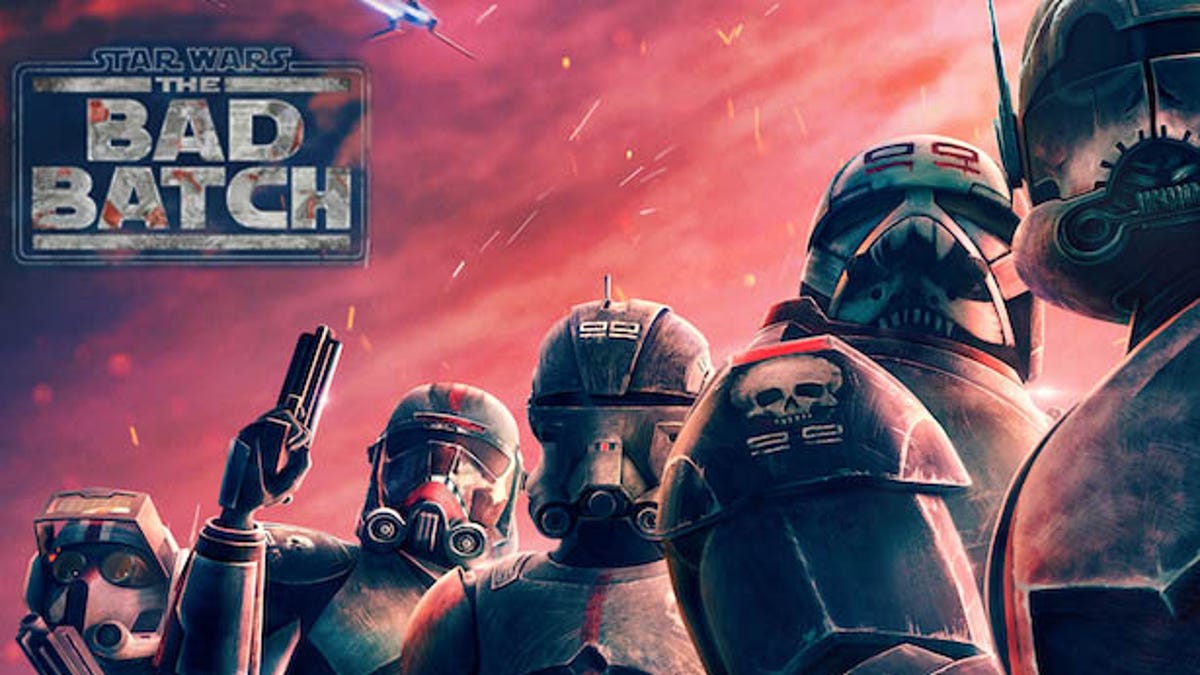
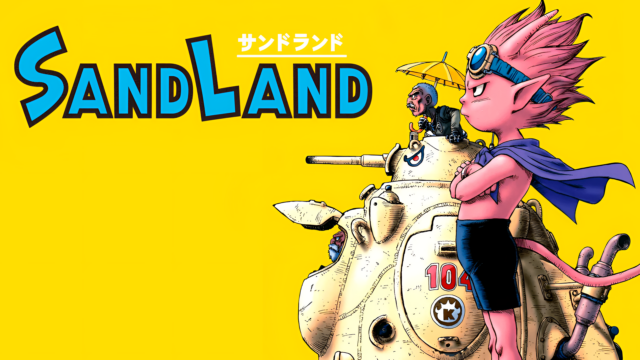


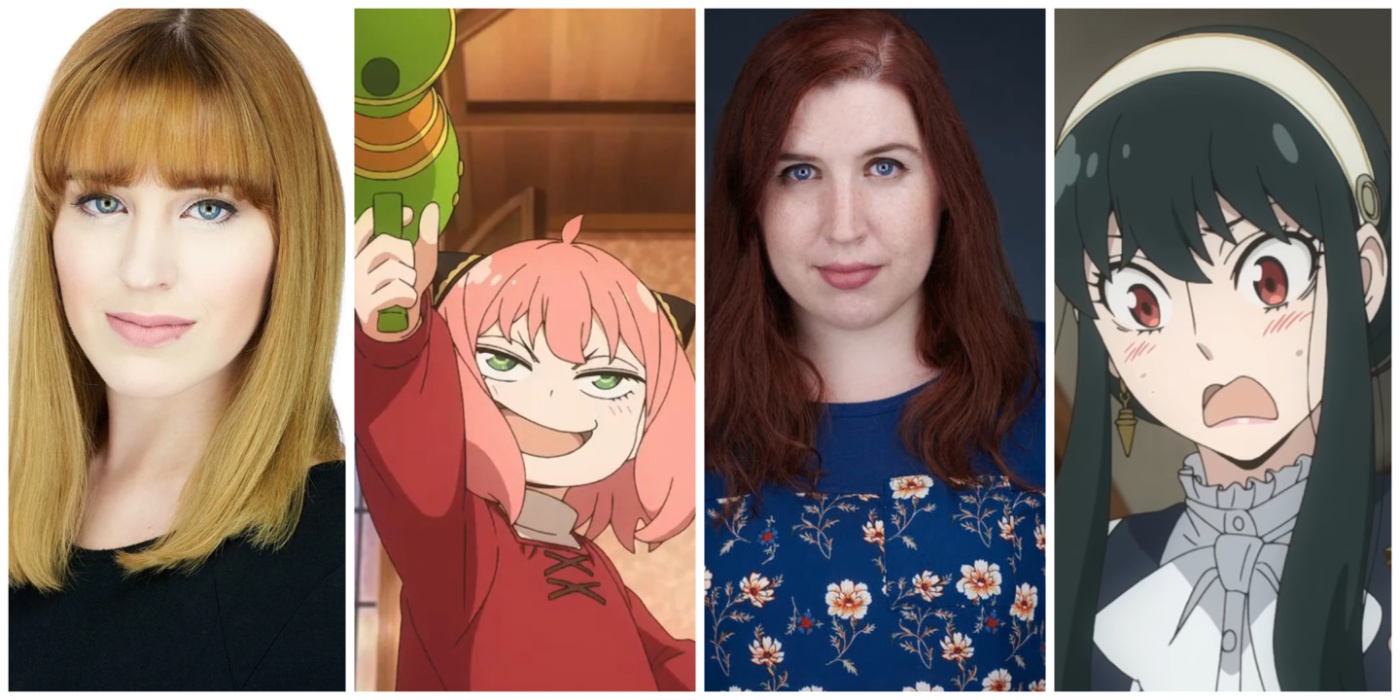












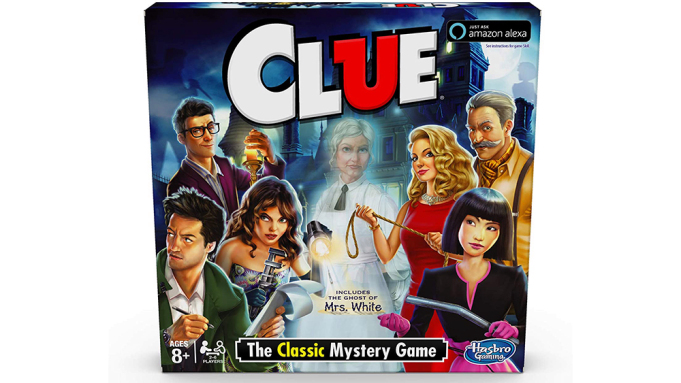




I'm hired!